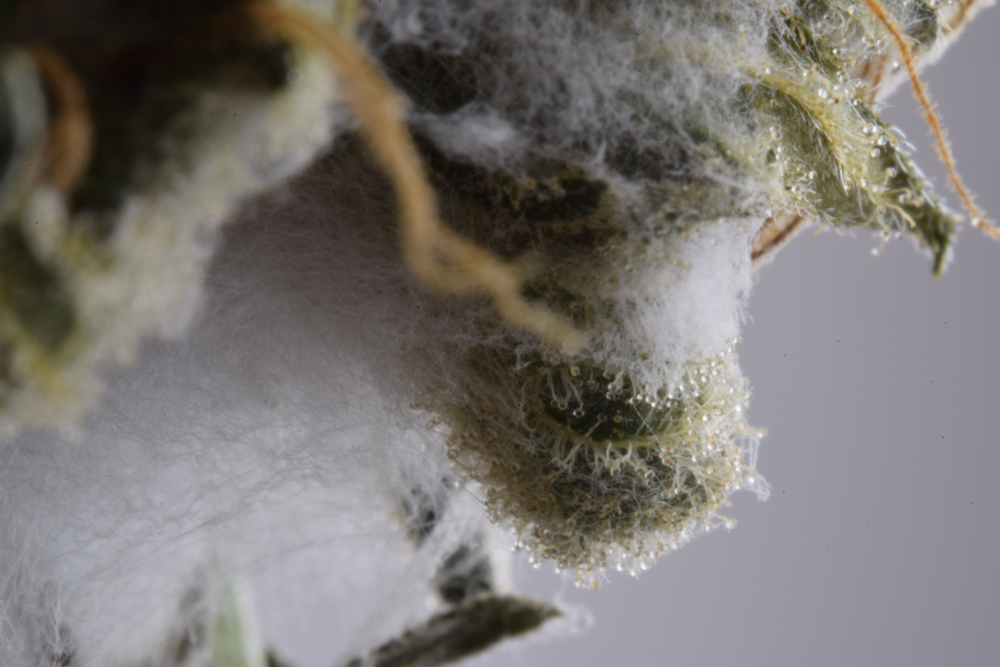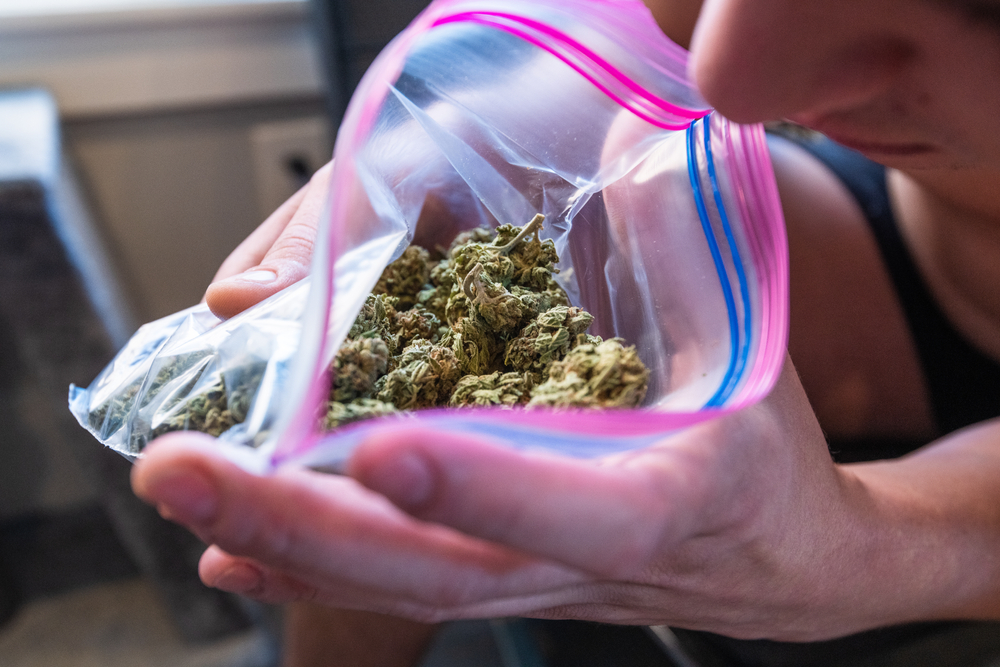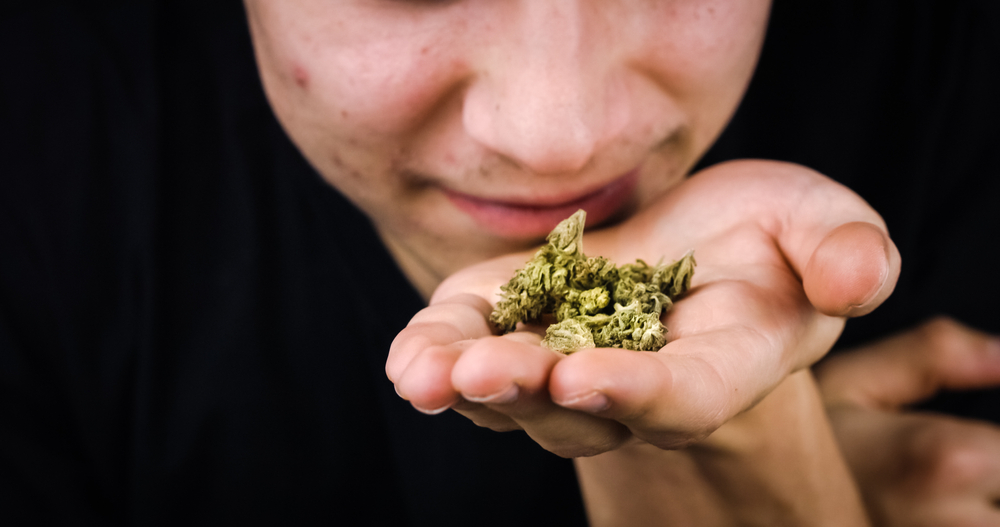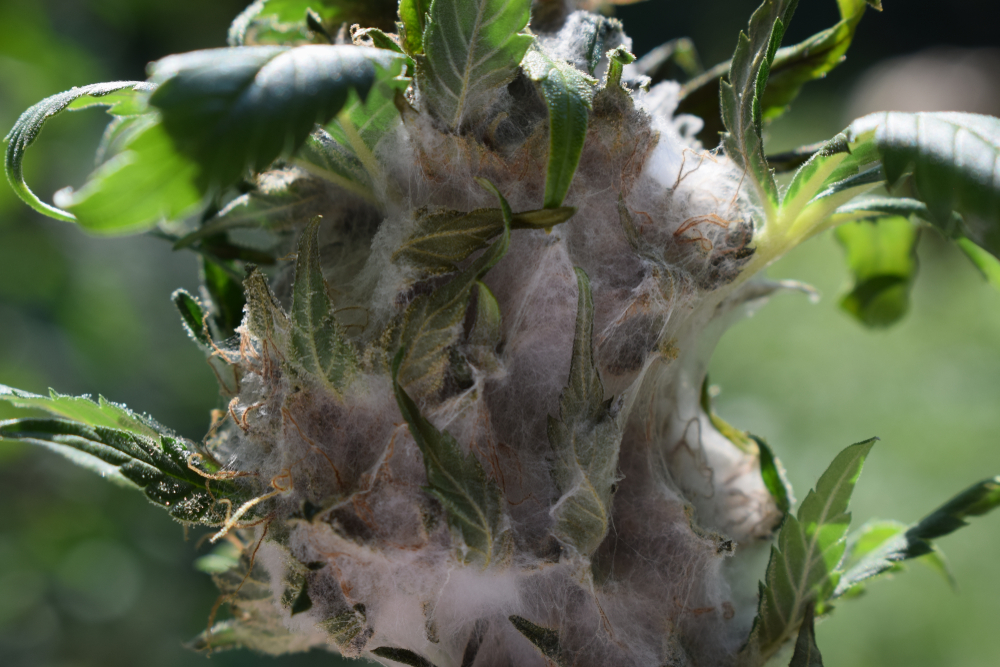Education
Moldy Weed – Dangers & Prevention Methods
Smoking moldy weed is a total buzz kill in more ways than one.
Getting all amped up to enjoy some of your favourite icky sticky only to find that it has been infested with hazardous growths is a less than ideal scenario for any toker. Mainly because, under no circumstance, should you debate smoking moldy weed.
Just don’t do it.
Mold is known to cause a variety of adverse health conditions that can vary in severity from a mild sore throat to more severe and significant respiratory and immune system complications.
Basically, mold is bad. Don’t ingest it.
In fact, even government-grade weed isn’t completely exempt from being infiltrated by this unrighteous growth. We know. It’s heartbreaking.
Thus, blazers need to learn how to detect signs of moldy weed to keep themselves safe and prevent it from growing in the first place so that they can enjoy their righteous bud for as long as possible.
If you still aren’t entirely sure how to tell if you have moldy weed, you’ve come to the right place.
Today, we will outline what moldy weed is, why it’s dangerous, and how to protect your stash from becoming tainted.
What is Moldy Weed? Why is it Unsafe?

Ultimately, unless you are experimenting with or interested in observing the origins of penicillin, avoid mold at all costs.
You wouldn’t eat a piece of fruit or an unidentifiable food item covered in mold, would you? So, you should apply the same logic to your weed.
We repeat. Smoking moldy weed is never a good idea, no matter how badly you want it. Trust us. It’s not worth it.
Even though not all mold strains will cause you to get super sick, some can cause negative health effects, such as nasal congestion, sore throat, sneezing, wheezing, coughing and even more harmful conditions such as allergies and respiratory issues.
So, why take the risk at all?
Moldy weed usually results from improper storage methods, including weed plants that are either grown or stored in too moist conditions. Moisture is an ideal environment to facilitate the breeding of mold and mildew.
Humidity, moisture, air and light factors all influence the likelihood of developing moldy weed. So, ensuring that tokers know the proper methods regarding how to store weed to preserve its integrity is essential.
Unfortunately, once you have discovered that your weed has grown mold, there is nothing you can do to save it. Stick a fork in it – it’s done.
The only thing you can do once this happens is to throw it out, which is a heart-rendering experience for new and experienced blazers.
Therefore, determining how to tell if you have moldy weed is a valuable skill that all tokers should learn to protect themselves and others from ingesting potentially harmful toxins.
How to Tell if You Have Moldy Weed

Before smoking any type of weed, you should inspect it thoroughly to ensure it’s safe to consume.
If you aren’t sure how to do that, don’t sweat it. We’ve got you covered.
Use Your Eyeballs
Luckily, mold is typically visible to the naked eye. So, one of the easiest ways to determine if you have moldy weed is simply by looking at it.
Of course, even if you can see it, you might not know for a fact that it is mold. In this instance, there are a few key indicators to watch out for.
In terms of colouring and texture, mold usually looks like white powdered sugar or sawdust. In this way, some cannabis users may mistake it on the surface of their bud to look like kief.
Still, if you look a little closer, you’ll likely be able to tell that it’s mold spores. The trichomes on the cannabis plant typically have a mushroom-type-shape with a bulbous crystalline tip that is unique. Mold does not.
Another key sign of moldy weed is discolouration on specific parts of the weed plant. This fuzzy growth can come in a rainbow of unrighteous colours from grey to black or even yellow and brown.
Either way, it’s definitely not that gorgeous green that you’re used to.
Finally, slimy weed can be a crucial indicator that there are mold spores on your bud. There is no reason for your weed to be slimy. Do not, under any circumstance, consume it.
Either way, whether it appears as a fuzzy, powder-like consistency or slime, your weed is bad. Throw it out.
Use Your Sniffer

A sense of smell is an ability that many of us often take for granted. Still, it can be a powerful tool to deter us from potentially harmful toxins.
Luckily for novice and more seasoned tokers, weed has a distinct dank smell that we all know and love.
Mold also has a unique smell.
While the scent may vary from individual strain to strain, cannabis contains a pleasing smell that is more skunky in nature, whereas the smell of mold is gross and unappealing.
If your weed smells like sweat or urine, there is a high likelihood that it has been infested with mold.
Really, anything that smells like sweat or urine is probably not something you should consume, just as a more general rule of thumb. #LifeHacks.
Ultimately, the best approach is to combine your senses of sight and smell to increase your chances of detecting moldy weed.
Invest in a Microscope
As we said, there are various types of mold, and some may not necessarily be detectable to the naked eye.
If you think there might be something off about your weed, you can invest in various tools, such as a microscope or a black light, to help you take a closer look when attempting to identify moldy weed.
If you aren’t looking to break the bank, there are various affordable options available in retail locations and online.
Of course, it will take some practice to spot spores and mold growth on your bud accurately. Practice makes perfect!
A good place to start would be learning the various features of normal cannabis to help cancel out what is and is not supposed to be there.
What to do if You Have Moldy Weed
We said it once, we’ll say it again, and we will continue to say it until the poin



